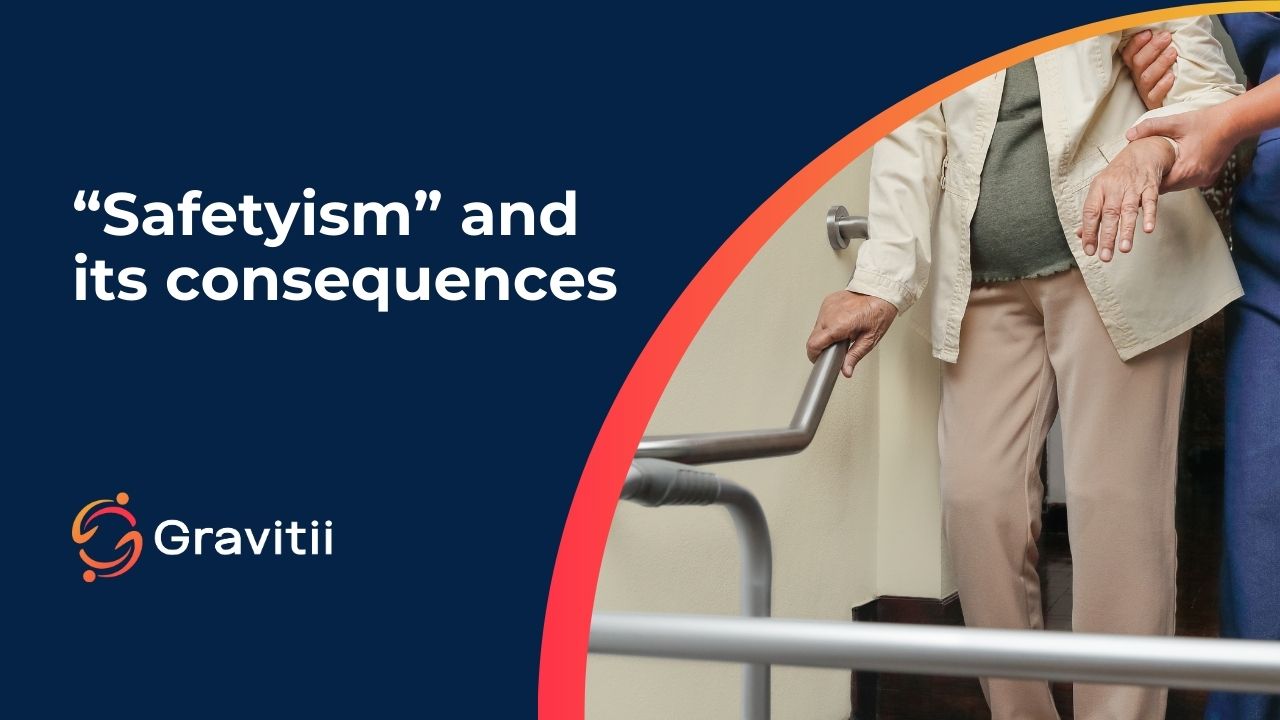In their 2018 book “The Coddling of the American Mind”, Greg Lukianoff and Jonathan Haidt coined the term “safetyism” to identify a cultural belief in which safety has become a sacred value. They describe a modern campus culture where young people are coddled and insulated, protected from people, ideas, and opinions that they deem “unsafe”. They fail to develop resilience or any risk tolerance and are deeply unhappy with the state of the world.
A similar culture of “safetyism” similarly affects our current approach to the care of the elderly in North America. In trying to keep older people “safe” from harm, we have created a culture of fear, although those fears are different from the ones expressed by young people. This culture leads to isolation, loneliness, loss of autonomy, and institutionalization. Taken together, these factors can often lead to an earlier death than if more risks were tolerated to maintain senior autonomy.
In my work as a palliative care physician in Victoria, BC, I see patients both in hospital and in community. I’m closely involved in their discharge planning, and regularly attend future planning meetings with patients and families when they are preparing to leave hospital.
Almost invariably, the question of safety is foremost. “Well, we just want them to be safe” is a typical statement in these meetings from the adult children of my elderly patients. It is a reasonable consideration, but “safe” is an ill-defined concept. What they often mean is “we want them to be monitored, protected, and supported”, which implies institutionalization. This reflects a culture that older adults must be insulated and protected, kept safe, especially from the physical harm of a fall or aspiration.
This culture undermines the importance of senior autonomy and dignity. By prioritizing harm avoidance over all other values, we restrict the decision-making to just those salient points of physical risk. This leads to early institutionalization. A 2017 study by the Canadian Institute for Health Information suggested that 1 in 5 seniors in Canadian care facilities could be cared for at home, and that hospitalized patients are 3-8x more likely to end up in a care facility than patients at home. While some of these patients are in care by choice, many others are there as a consequence of safetyism and loss of autonomy.
We started our home care platform with the hope of empowering patients and families to make these decisions in a fully informed way, with the ability to find the support they need wherever they want to live. As we expand, we want to work with the existing home and community care system, in BC and elsewhere. Ultimately, we want patients to make their own decisions, optimizing quality of life while still being safe, and to define for themselves what that means.

